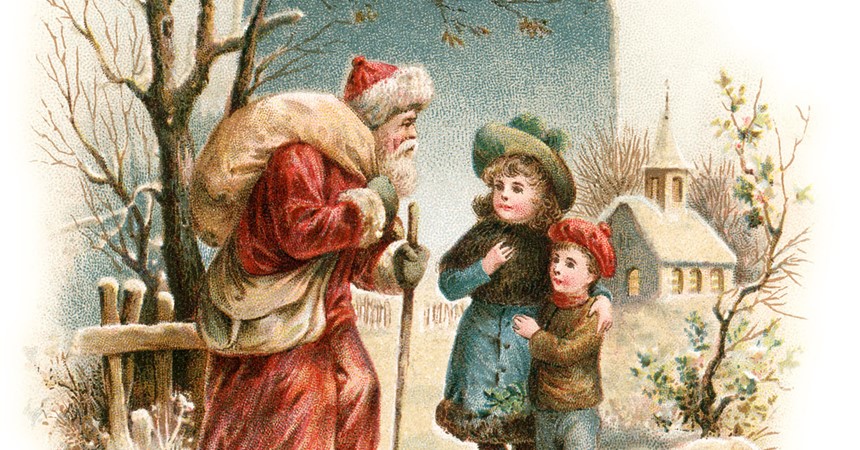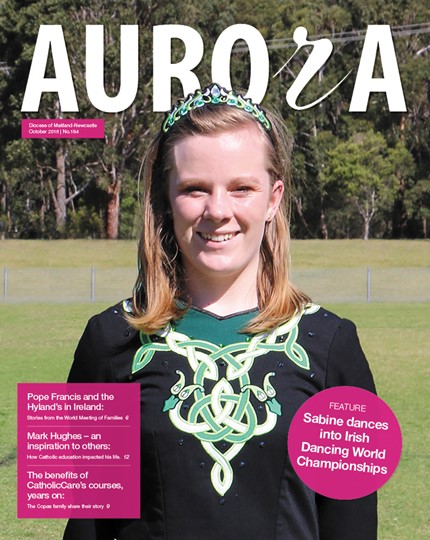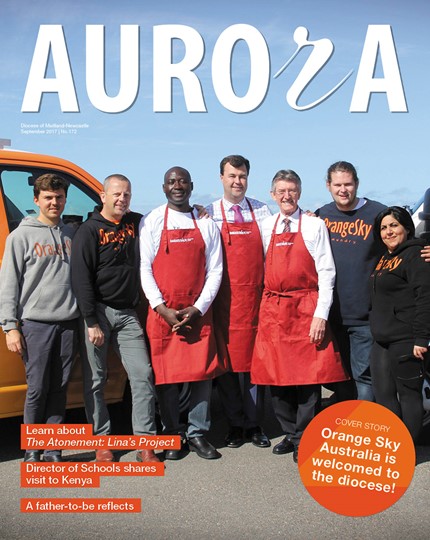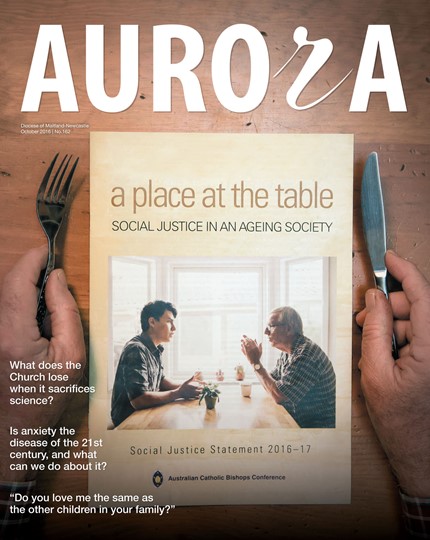Born in 280AD in the Asia Minor port city of Patara to a wealthy family of Greek Christians, Nicholas went on to become the bishop of Myra, a small Roman town on the Mediterranean in what is now Turkey. He was a defiant defender of the church and jailed during the Roman Empire’s Great Persecution that began in 303. He also developed a reputation for helping the poor and giving secret gifts to people in need.
Nicholas died on 6 December, probably 343AD, but his fame lived on long after his death. Eventually this lead to his sainthood and he remains the protector or patron of many groups including: children, orphans, sailors and prisoners. In 1087 Italian merchant sailors stole his bones from Turkey and they are now kept in the Basilica di San Nicola in the port of Bari.
With the Protestant Reformation, the popularity of celebrations centring on St Nicholas’s December 6 feast day declined across much of northern Europe. The bearing of gifts fell to Jesus, the date was moved to 25 December, and St Nicholas morphed into Father Christmas.
The Netherlands refused to discard the legend and importance of St Nicholas and it was the Dutch who brought Sinterklaas to the New World. In 1822, Clement Clarke Moore wrote A Visit from St. Nicholas ("The Night Before Christmas”), for his six children, with no intention of adding to the fledgling Santa Claus phenomenon. It was published anonymously the next year and, in modern parlance, went viral. The plump, jolly Santa described as riding a sleigh driven by eight familiar reindeer survives to this day.
The image we associate with Santa is the work of Thomas Nast, the great American political cartoonist of the late 19th century. The first was published in January 1863 on the cover of Harper's Weekly.
Sadly, Santa now represents “commercial Christmas”, encouraging consumption, whereas St Nicholas encourages compassion. Fortunately, many faithful still celebrate St Nicholas Day on 6 December, predominantly in Europe. Maybe it’s time for a wider St Nicholas cultural restoration. Even for Christmas. Who better represents the story of Christ and peace, and goodwill to all? Santa is fun, but St Nicholas has more poignant gifts to deliver, especially an authentic hope-filled message.



























































































